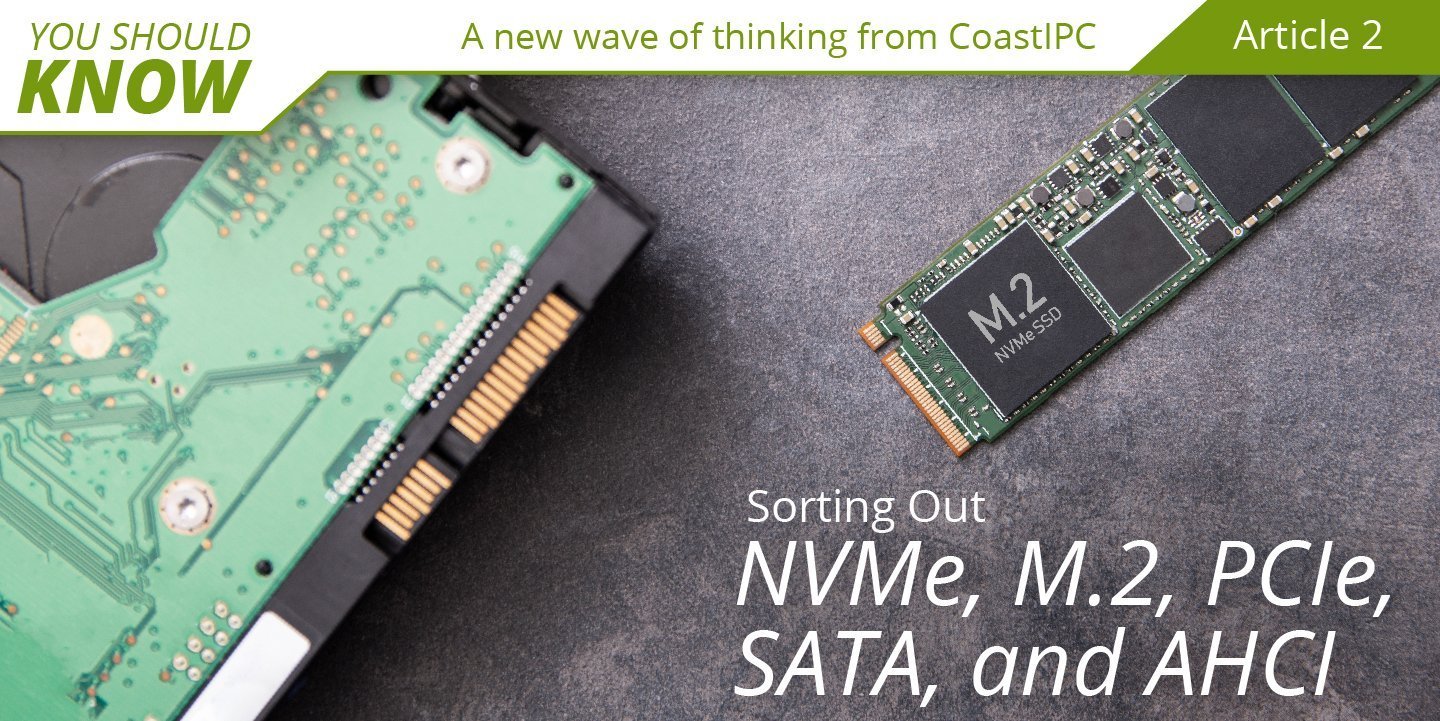Multiple Nvme Slots

Mar 10, 2019 An M.2 NVMe SSD such as the relatively affordable and very fast (except for extremely large transfers) Samsung 970 EVO can live in a M.2/PCIe slot, or in a regular PCIe slot (x4 or greater). Therefore, it’s a versatile card that enables people with different computer platforms to use it. Besides, it supports VROC for people using Intel and NVMe RAID for AM platforms. The available 4 M.2 slots are great for accommodating up to 126 Gbps bandwidth per card. This is an exceptional speed that allows your computer to enjoy updated speed. Nov 14, 2016 You're right about the lanes, chipset can come into it as well - for example Z170 (provided the motherboard has all the required slots) can do three from the chipset and and one from a PCH x4 slot before you start dipping into the CPU lanes/slots (although total bandwidth is DMI limited for chipset drives). The M.2 specification supports NVM Express (NVMe). Sometimes motherboards with multiple M.2. Slots have slots with differing specs on the same board, e.g. Only one of them will have SATA.
speedpc
- Joined
- Jul 30, 2007
Multiple Nvme Slots Game
- Messages
- 254 (0.05/day)

Multiple Nvme Slots Games

Multiple Nvme Slots App
| Processor | Intel Core 8700K |
|---|---|
| Motherboard | Gigabyte Z370 Aorus Gaming 7 |
| Cooling | Coolit FreezOne |
| Memory | 32Gigs G Skill RipjawsV F4-3600C16 |
| Video Card(s) | GIGABYTE GeForce GTX 1080TI |
| Storage | 2X Samsung 860EVO 1TB SSD / 1Seagate 2TB |
| Display(s) | LG 34GK950F |
| Case | Thermaltake Core X31 RGB Edition |
| Audio Device(s) | RealTek HD Steel Series Arctis 7 |
| Power Supply | Rosewill Quark Series 1000W Full Modular Power Supply with LED Indicator |
| Mouse | Razer Basilisk |
| Keyboard | Razer BlackWidow Chroma V2 |
| Software | Windows 10 Pro 64Bit |
https://www.amazon.com/gp/product/B01LYFKX41/ref=oh_aui_detailpage_o00_s00?ie=UTF8&psc=1
Both are connected to an ASUS ROG Strix H270I
One SSD is on the mobo's M.2 slot, the other in Asus Hyper M.2 PCIE slot adapter.
https://www.amazon.com/gp/product/B017YUCAXS/ref=oh_aui_detailpage_o00_s00?ie=UTF8&psc=1
Benchmarks are as follows in Windows 10 AIDA64:
Linux also shows much faster buffered read performance:
$ sudo hdparm -Tt /dev/nvme0n1
/dev/nvme0n1:
Timing cached reads: 38090 MB in 2.00 seconds = 19074.05 MB/sec
Timing buffered disk reads: 8944 MB in 3.00 seconds = 2981.31 MB/sec
$ sudo hdparm -Tt /dev/nvme1n1
/dev/nvme1n1:
Timing cached reads: 37796 MB in 2.00 seconds = 18925.52 MB/sec
Timing buffered disk reads: 5842 MB in 3.00 seconds = 1946.91 MB/sec
Any ideas why that is so?